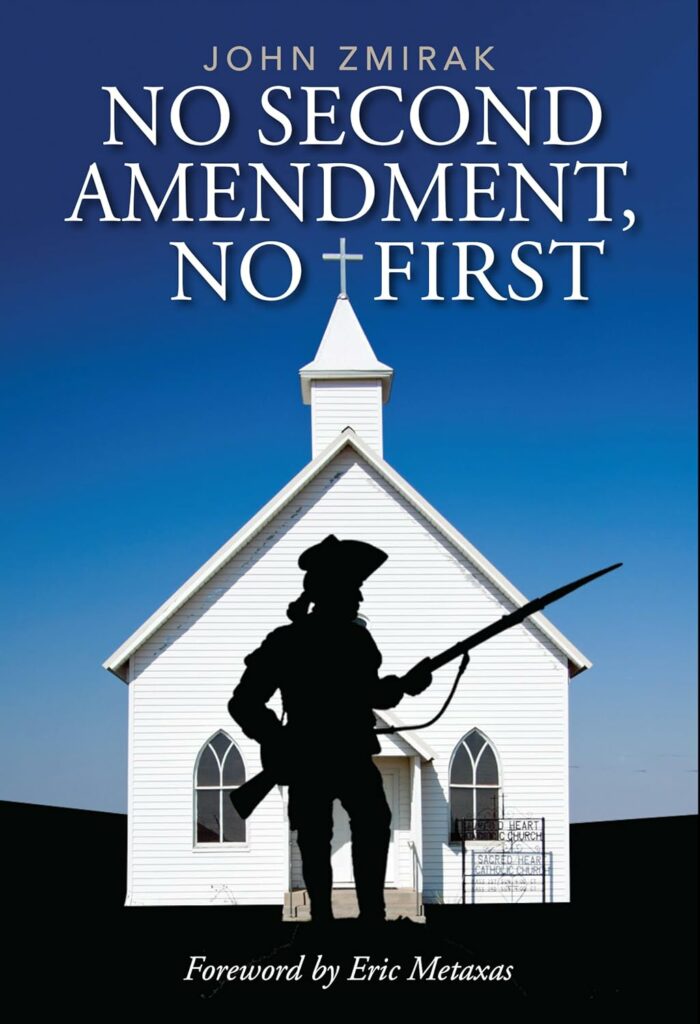Al’s Afternoon Tea: The Declaration of Independence’s Forgotten Founding Father With the Steady Hand

Welcome in for Al’s Afternoon Tea July Fourth Special.
The Faded Declaration
The Declaration of Independence is badly faded. In the dimly lit rotunda of the National Archives, one can barely make out the famous words. Even John Hancock’s grand, dominating signature is barely legible. But 248 years will do that to you. The nation’s growing indifference and in many cases, open hostility, will do that to you.
According to the Archives, there are many technical reasons exist the great amount of fading, including exposure to light, repeated rolling of the parchment, and ink being lost during the copy-making process. The Declaration also traveled a great deal in its early days, exposing it to all manner of heat and humidity.
So as the Declaration nears its 250th birthday, we should be grateful for what remains of its original ink. And, of course, eternally grateful for what it says and the role it has served.
Let’s also pause for a moment in honor of the Founding Fathers in Philadelphia who made it happen that summer of 1776.
My First Look
I went down to the National Archives from the Supreme Court after its landmark decision Monday affirming presidential immunity — affirming the separation of powers laid out in the document set alongside the Declaration as our national guide book, the U.S Constitution.
Weaving through the rotunda’s crowd of patriotic pilgrims, I realized, to my astonishment, that I had no memory of ever seeing the Declaration in person before, though I grew up just outside Washington, D.C., spent four years working a short stroll away across the National Mall, and have always been an American history buff. Could I have been here on a field trip when I was little, but missed seeing the Declaration because I was distracted by the ice cream vendors lined up outside?
No matter. I believe I could see the Declaration a 100 times now and each time would be like the first. Each time, there’d be a little catch in the breath.

There it is. That’s the DECLARATION OF INDEPENDENCE! I didn’t know whether to be awed or break out in a song from the musical 1776. (Given the church-like setting in the Rotunda, I chose the former.)
The Daunting Task
Although the ink is greatly faded, the physical beauty of the scribe’s penmanship can still be made out. Each elegant letter in that colonial font is perfect… and a lot smaller than I had imagined. Then it struck me. Each letter I could see was firm and true. There is no sign of shakiness in the hand. This is nothing short of miraculous.
Think of it. You’ve just been tasked by the greatest men in the colonies to take an edited draft of Thomas Jefferson’s document and set it to parchment. But this is not just any document. This is the pronouncement by the 13 Colonies of their independence from England. Whoa!
But in helping publicize that a pronouncement, you are copying down some of the most beautiful passages ever written in the English language.
Imagine it was your hand writing out, “We hold these truths to be self-evident; that all men are created equal, endowed by their Creator with the unalienable right to life, liberty and the pursuit of happiness.”
How can your hand not shake when you do that? How can you not be thinking of the divine inspiration fueling those words?
–That to secure these rights, Governments are instituted among Men, deriving their just powers from the consent of the governed, –That whenever any Form of Government becomes destructive of these ends, it is the Right of the People to alter or to abolish it, and to institute new Government, laying its foundation on such principles and organizing its powers in such form, as to them shall seem most likely to effect their Safety and Happiness.
As if that weren’t pressure enough, you could not simply erase any errors. There were no delete keys or White-Out in 1776. You had to scratch out the wayward word, fix the parchment, and then try again.
Oh, and not for nothing, but your neck’s on the line. Not figuratively, either — literally. Your work on the Declaration of Independence makes you complicit in the rebellion, in direct defiance of the Crown. “Gentlemen, we must now all hang together,” said Benjamin Franklin, “or we shall most assuredly all hang separately.”
Who was assigned this momentous task … and nailed it?
A man named Timothy Matlack.
The Engrosser
Timothy Matlack was the clerk for the Pennsylvania State House, chosen because he was the best engrosser available. (We might use the word “scribe” today.) Matlack gathered the finest parchment he could find, prepared his quill pens, and ensured he had an ample amount of ink. On July 19, 1776 he set to work, painstakingly engrossing Jefferson’s final draft letter by letter, word by word, and line by line, until August 2 — the date the delegates to the Constitutional Congress actually began signing the Declaration.
Matlack was lucky. He had two weeks for the job. The engrosser for the U.S. Constitution had four times that amount of work, and only a weekend to do it.
Please Support The Stream: Equipping Christians to Think Clearly About the Political, Economic, and Moral Issues of Our Day.
Although there’s evidence that Matlack had to fix one missing word about 10 rows up from Hancock’s signature, a volunteer guide at the Archives assured me there is no known evidence that he made any false starts or discarded any drafts. He got it right on the first try.
Matlack also did something else that blows my mind: He edited Thomas Jefferson, John Adams, and Ben Franklin. (And I get nervous just editing John Zmirak.) Our man gave their masterpiece a new title, writing out with large letters and flourishes, “The unanimous Declaration of the thirteen united States of America.”
However, Matlack was no mere clerk with the guts to revamp the work of the Founding Fathers. He was a powerful Revolutionary War figure in his own right. Matlack was instrumental in drafting the Pennsylvania Constitution of 1776, and was one of its fiercest public advocates. He was commissioned as a colonel in the Pennsylvania militia and joined the force that crossed the Delaware with George Washington that fateful Christmas night in 1776 to win the Battle of Trenton.
Matlack also had a trade: He was a brewer and bottler. I can’t help but wonder if he thought about his business when engrossing the phrase “pursuit of happiness.”
Although his name has largely been forgotten, his elegant penmanship is immortalized in the font called “American Scribe.”
The Handprint
Stare closely at the Declaration of Independence long enough, and you can make out a handprint in lower left corner. Archivists and historians don’t know how the handprint got there or who it belongs to. (I know what some of you are thinking. But the movie National Treasure was fiction.)
Somehow at some point in the early decades of the twentieth century, the handprint just showed up. First spotted in 1940, it’s not there in a 1903 photograph of the Declaration.
On this Independence Day, perhaps we can imagine that hand belongs to all who cherish what the Declaration means, what it has brought to our nation, and indeed the world.
We do not have a quill pen to add our names to the 56 already there. But perhaps we can adopt that handprint in our hearts as a way to similarly pledge to the cause of Liberty “our lives, our fortunes and our sacred honor.”
Al Perrotta is The Stream’s Washington bureau chief, coauthor with John Zmirak of The Politically Incorrect Guide to Immigration, and coauthor of the counterterrorism memoir Hostile Intent: Protecting Yourself Against Terrorism.


